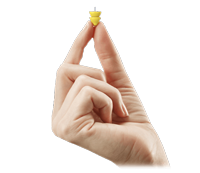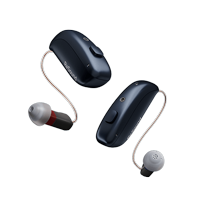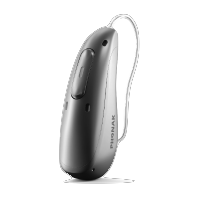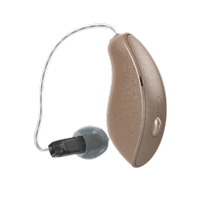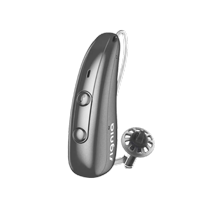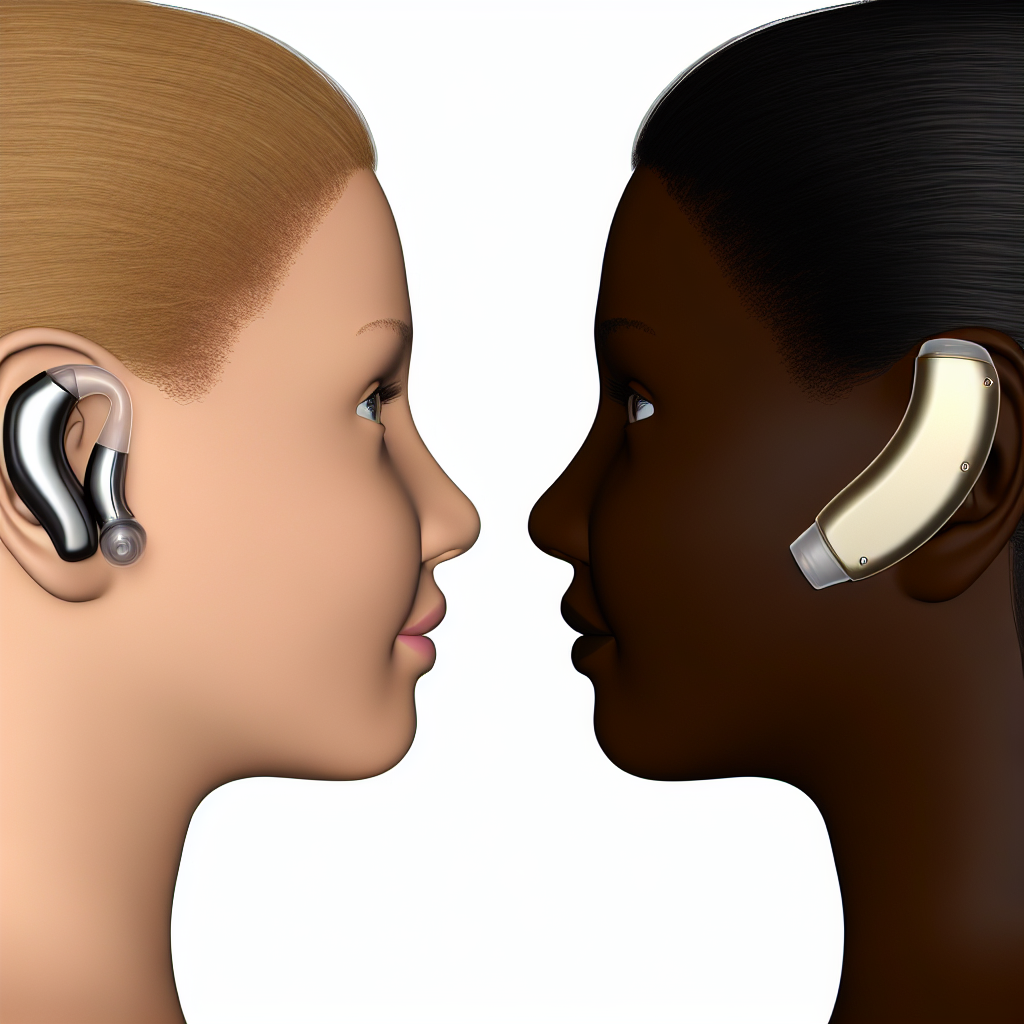
When considering hearing aids, one of the most common questions patients ask is whether in-the-ear (ITE) or behind-the-ear (BTE) hearing aids are better. Both styles offer unique advantages and disadvantages, and the best choice depends on your individual hearing needs, lifestyle, and preferences. Understanding the differences between these two popular hearing aid styles can help you make an informed decision about which option will best improve your quality of life.
Understanding Behind-the-Ear (BTE) Hearing Aids
Behind-the-ear hearing aids consist of a curved plastic case that rests behind your ear, connected to an ear mold or dome that sits in your ear canal. These devices are among the most versatile and powerful hearing aids available on the market today.
Advantages of BTE Hearing Aids:
- Suitable for all degrees of hearing loss, from mild to profound
- Longer battery life due to larger battery compartments
- Easier to handle and maintain
- More robust construction and durability
- Better connectivity options for accessories and wireless features
- Less susceptible to earwax and moisture damage
- More space for advanced technology and features
Disadvantages of BTE Hearing Aids:
- More visible than in-the-ear options
- May interfere with wearing glasses or hats
- Potential for wind noise
- May feel bulky for some users
Understanding In-the-Ear (ITE) Hearing Aids
In-the-ear hearing aids are custom-made devices that fit entirely within the outer ear or ear canal. These include several subcategories such as full shell, half shell, in-the-canal (ITC), and completely-in-canal (CIC) styles.
Advantages of ITE Hearing Aids:
- More discreet and cosmetically appealing
- No interference with glasses or headwear
- Natural ear shape helps with sound localization
- Less wind noise due to placement in the ear
- All components contained in one unit
- Easier to use with phones
Disadvantages of ITE Hearing Aids:
- Shorter battery life due to smaller batteries
- More susceptible to earwax and moisture damage
- Limited power for severe to profound hearing loss
- Smaller controls may be difficult to manipulate
- May require more frequent repairs
- Less space for advanced features
Factors to Consider When Choosing
When deciding between hearing aid styles, several important factors should influence your decision:
Degree of Hearing Loss
Your level of hearing loss plays a crucial role in determining the most suitable hearing aid style. BTE hearing aids are typically better for moderate to severe hearing loss, while ITE hearing aids work well for mild to moderate hearing loss.
Lifestyle and Daily Activities
Consider your daily routine and activities. If you’re very active or work in dusty environments, BTE hearing aids may be more durable. If discretion is important in your professional life, ITE hearing aids might be preferable.
Manual Dexterity
BTE hearing aids typically have larger controls and battery compartments, making them easier to handle for individuals with limited dexterity or arthritis.
Ear Canal Shape and Size
Some ear canals are too small or have unusual shapes that make ITE hearing aids impractical. A professional hearing test and consultation can determine if your ear anatomy is suitable for different styles.
Technology Considerations
Modern hearing aid technology continues to advance rapidly, offering features like:
- Bluetooth connectivity
- Smartphone app control
- Directional microphones
- Noise reduction algorithms
- Rechargeable batteries
- Artificial intelligence sound processing
BTE hearing aids typically offer more space for these advanced features, while ITE hearing aids may have limitations based on their smaller size.
Professional Guidance is Essential
The decision between ITE and BTE hearing aids should never be made alone. Professional hearing testing and consultation with qualified audiologists is crucial for optimal outcomes. A comprehensive evaluation will assess not only your hearing loss but also your lifestyle needs, preferences, and ear anatomy.
During a professional hearing aid fitting, audiologists can help you understand which style will provide the best performance for your specific situation. They can also program and adjust your hearing aids to ensure optimal sound quality and comfort.
Cal Hearing Services: Your Complete Hearing Care Solution
At Cal Hearing, we understand that choosing the right hearing aid style is a personal decision that requires professional expertise and ongoing support. Our comprehensive range of services ensures that you receive the best possible hearing care throughout your journey to better hearing.
Our Services Include:
- Comprehensive Hearing Testing – Thorough evaluations to determine your exact hearing needs
- Professional Hearing Aid Fitting – Expert fitting and programming of both ITE and BTE hearing aids
- Tinnitus Therapy – Specialized treatment for ringing in the ears
- Hearing Protection – Custom solutions to prevent further hearing damage
- Hearing Aid Repairs – Professional maintenance and repair services
We proudly serve multiple communities, and you can learn more about the areas we serve on our website. Our team is committed to providing personalized care that addresses your unique hearing challenges and lifestyle requirements.
Making Your Decision
Ultimately, there’s no universal answer to whether hearing aids are better in the ear or behind the ear. The best hearing aid is the one that:
- Adequately addresses your degree of hearing loss
- Fits comfortably and securely
- Meets your lifestyle and aesthetic preferences
- Provides the features you need most
- Fits within your budget
Both ITE and BTE hearing aids have evolved significantly with modern technology, offering excellent sound quality and user satisfaction when properly fitted and maintained. The key is working with experienced professionals who can guide you through the selection process and ensure optimal results.
Additional Resources
For more information about hearing aids, hearing loss, and related topics, visit our resources section and check out our informative blog for the latest insights and updates in hearing healthcare.
Remember that adapting to new hearing aids takes time, regardless of whether you choose ITE or BTE styles. With patience, proper professional support, and realistic expectations, both options can significantly improve your hearing and overall quality of life.
Don’t let hearing loss continue to impact your daily life. The right hearing aid solution is waiting for you, and our experienced team is here to help you find it. Contact Cal Hearing today to schedule your comprehensive hearing evaluation and take the first step toward better hearing.


